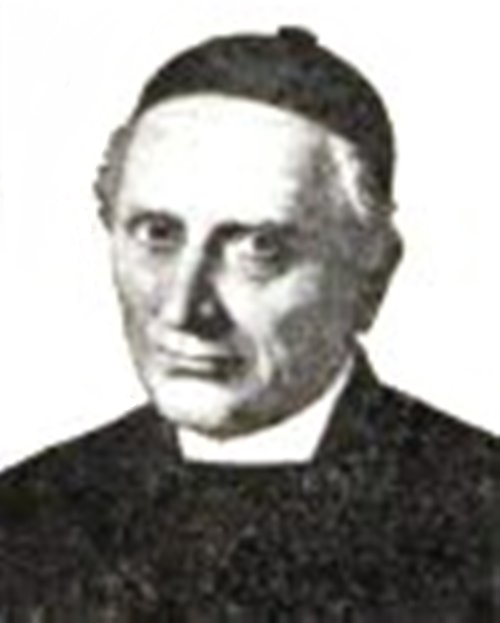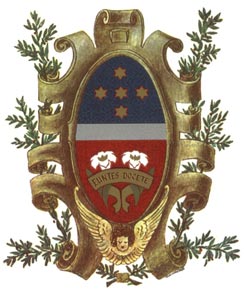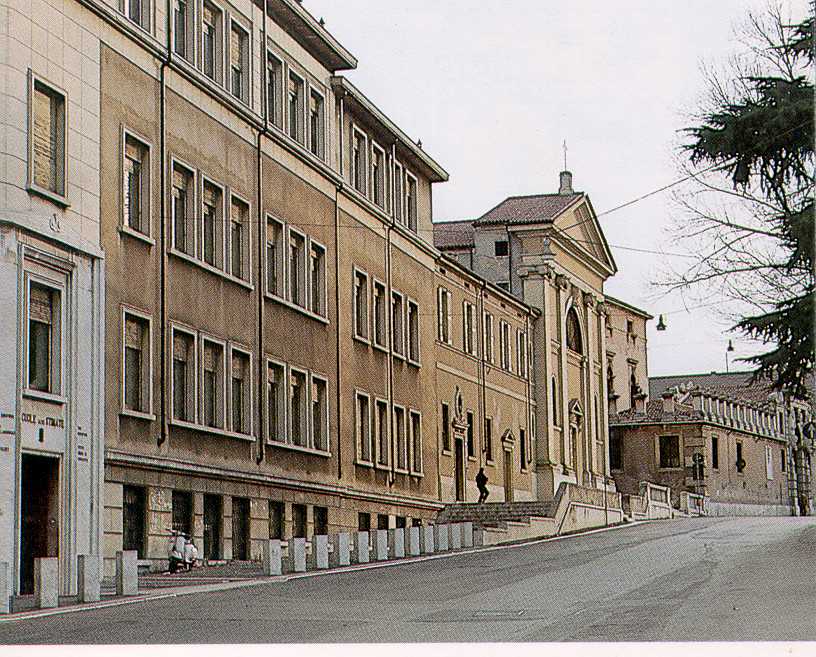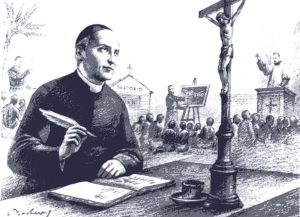Mundelein Seminary
1000 East Maple Avenue
Mundelein IL 60060
June 29, 2016
Solemnity of St. Peter and Paul, Apostles
Dear Sigmatine Laity,
With the coming of the month July, there is a great sense of gratitude in my heart for 60 years as a Stigmatine Priest, which I celebrate on July 1st – remembering ordination day, of long ago in Rome on July 1, 1956.
Far more importantly, though, July is the month that St. Gaspar Bertoni began his own Spiritual Diary. As a record of his earlier life and thoughts, his parish sermons make known to us those first years of his priesthood [he was ordained September 20, 1800] – whereas his Diary manifests to us his extraordinary graces inspiring his thoughts and ideals for that time just prior to his foundation of the Stigmatines, which happened 200 hundred years ago this coming November 4th [1816]. His diary covers those years [1808-1813] immediately preceding his coming to found the Stigmatine Congregation.
+
His Spiritual Diary opens with these thoughts:
2nd JULY 1808
[2.] Feast of the Sacred Heart. During Mass, at Consecration, at Communion and throughout the whole thanksgiving time, many tears of compunction and affection. In particular, during Communion, I felt for a moment as if my spirit was snatched away from all creatures, at the service [1] of its Creator.
[The Commentary of the Stigmatine historian, the late Fr. Joseph Stofella, follows];
The Feast of the Sacred Heart of Jesus was introduced in 1765 and quickly adopted in Venice and in the Venetian Republic. In 1808 it was celebrated on the 2nd of July because on its established day, namely Friday 24th of June, the liturgical calendar required the celebration of the Feast of the Nativity of Saint John the Baptist. On this July 2nd, the Church was within the Octave of the Holy Apostles Sts. Peter and Paul. On July 2nd, there was also observed the Feast of the Visitation of Mary Most Holy to St. Elizabeth.
All of this in no way lessens our interest in the fact that, in his entry on this Feast of the Sacred Heart, we have the first indication of some characteristic mystical gifts which God was going to grant to Fr Bertoni[2]. If we may say, here one sees what theologians call Piety as a gift of the Spirit[3]. Hence, the many tears of compunction and affection. Compunction is intended here as a blend of spiritual illumination and a consequent feeling of one’s own inadequacy in front of the divine. What stands out here is that gift of the spirit snatched away from all creatures, at the service [obsequium] of its Creator. To this experience, Father Gaspar had contributed also by his own spiritual attitude[4].
St. John of the Cross teaches that “the soul cannot receive the light of divine union unless it first rejects affection for creatures”. He also teaches that “every soul who wishes to climb the mountain of the Lord in order to make of himself an altar for the offering of pure love, of praise and service [ossequio], should have already fulfilled three conditions. The first is that it rejects from itself all affections and desires which are foreign to God. The second is that it should purify itself from the consequences of those affections which still remain by continually denying them and doing penance. The third condition is that it should change habits: only then the Lord himself will clothe it anew. Through such divine favor, the soul will finally be free from the old tastes and desires of the earthly man and will receive a new knowledge of God[5].
Fr. Bertoni had admired the detachment from all created things in the patron Saint of his priesthood, namely Saint Ignatius of Loyola – and certainly for the reason of imitating him. He had copied the following extract from his Life: “Ignatius’ heart was entirely detached from all created things which he loved only in God, while loving God in them. He used to say that:
… these are the true attitudes of those who leave the world for Christ: to forget as much as possible the things of the earth in order to better keep in mind those of heaven…[6]
Fr. Bertoni’s entire Journal is permeated by this spirit of total detachment.
+
Another very important entry made during this month of July is this following text, from the Feast of St. Ignatius of Loyola, July 31, 1808:
30th JULY 1808
[17.] For the examination of conscience one should choose a Saint of the same vocation as a mirror. In this way, one finds matter for confession every day. Whatever falls short of that Saint’s perfection is faulty.
“It is worthwhile to consider the method of Fr Bertoni in his daily Examination of Conscience. It is not surprising that during these examinations he sometimes was given remarkable gifts and graces. We have an example on 27 October 1808 when he wrote:
… In the first point of the Midday Examen, i.e. the thanksgiving, while prostrated on the floor in the sight of Heaven, I felt a deep sense of the divine presence with love and self-offering…
This maxim of Fr. Gaspar provides an insight into what should be every examen of conscience for one called to perfection.
Fr. Bertoni had chosen St Ignatius of Loyola as a model for his priestly vocation. He will tell us expressly in this JOURNAL on 15 Sept. The first biographer, Fr Giacobbe, wrote that Fr Bertoni admired and studied much the works and virtues of St Ignatius, and had reproduced them very faithfully. [7] In fact, Fr Gaspar studied the Life of St Ignatius directly of at least four authors, i.e. Fr John Peter Maffei, Fr Peter Ribadeneira, Fr Daniel Bartoli and Fr Francis Mariani. Of the handwritten extracts from the four authors which we possess, several could be part of this Journal. They reveal not only admiration for the Saint, but also his endeavor to imitate him.
The original idea of modeling his life on that of a Saint could have come to Fr. Bertoni (after his boyhood practice of imitating Saint Aloysius Gonzaga), from the Imitation of Christ where he read: Look at the living examples of the Holy Fathers [8]. He found inspiration also in Fr. L. Scupoli’s Spiritual Combat:
… Compare your works with those of the Saints and other servants of God. In comparison with theirs, you will know that your best and greatest works are of very low quality and worth. If you then compare them with those of Christ… (I am not talking on the side of his divinity, but purely as they have been humanly performed with sincerity and pure love)… you will see that yours are insignificant… [9]
The Imitation of Christ and the classic of Scupoli appear as the first teachers of Fr. Bertoni. We shall have a further proof in this “Journal.”
†
[18.] To seek God alone. To see God in all things. This is to make oneself superior to all human things.
+++
To commemorate these important texts, I submit for your reflection a rather lengthy meditation on St. Gaspar’s sources for the founding of the Stigmatines. As we approach the actual date in this second centenary year of the founding of the community honoring the Sacred Stigmata of our Lord Jesus Christ, please pray with us as we seek to renew St. Gaspar’ Missionary and Apostolic Spirit in the hearts of us all.
Respectfully submitted in St. Gaspar Bertoni,
Rev. Joseph Henchey, CSS
Acting Spiritual Director
Attached documents:
- The Influence of St. Thomas Aquinas and St. Ignatius Loyola in St. Gaspar Bertoni’s Charism: Missionarii Apostolici in OBSEQUIUM Episcoporum – Abandonment to God, Availability to the Church. Rev. Joseph Henchey, CSS, in the Solemn Feast of St. Gaspar Bertoni, 2016;
- La Formula “In Obsequium” nel Linguagio di San Tommaso – Pe. Joseph Henchey, CSS, 1992.
†
Footnotes:
[1] Website [‘A Tribute to St. Gaspar Bertoni’ – www.st-bertoni.com – seção ‘Life & Spirituality’ – ‘A Trinitarian Charism of Hope’] Note: For the first time in this document, St. Gaspar uses the word ossequio [cf. obsequium, in: Rm 12:1, ff.] – one of Fr. Bertoni’s favorite words. Cf. ‘Published Studies’ under St. Gaspar Bertoni’s Trinitarian Charism of Hope, on this Website.
[2] Website Note [‘A Tribute to St. Gaspar Bertoni’ – www.st-bertoni.com – seção ‘Writings & Works – Memoriale Privato]: Fr. Stofella notes that the Sacred Heart is also near Fr. Bertoni’s final entry in his Journal [cf. June 26, 1813]. He also noted a mystical grace, his ecstasy regarding the Sacred Heart [on May 30, 1812]. For Fr. Bertoni, his devotion to the Sacred Heart often served as his vehicle for the presentation of his integral understanding of the Paschal Mystery – both its sorrowful aspects as well as its glorious dimensions. A few days after his May 30th, 1812 ecstasy, he spoke on the Sacred Heart – emphasizing the wound in the side retained in Christ’s Risen Body [cf. MssB 1755-1778] [cf. J. Henchey, ‘Una Speranza Missionaria formata ed expressa nelle sue divozioni e nel suo servizio ecclesiale’, in: Symposium Bertonianum. Verona: Edizioni Stimmgraf 1990, pp.143-160. This idea is found:
- in his parish sermons [cf. MssB ## 464; 475; 490;494; 517; 1300; 1305; 1308; 1312; 1314; 1315; 1317; 1318; 1322; 1759; 1771, , ff.;
- in his Letters: MssB 9510; 9689; 9707;
- in his preaching to priests and seminarians: MssB ## 2632; 2635; 2637; 2647. It is found often in Fr. Gaspar’s Meditations on Primum Regum, based on St. Gregory the Great: MssB ## 4899; 4957; 4984; 4991; 4999; 5094 and 9707 – among other texts.
The integral theme of the Paschal is found from his earliest written documents: his parish sermons up through his last letters to Fr. Bragato [cf. the same website, under ‘Life & Spirituality’ – Stimmate Integre].
[3] Cf. Fr. Nello Dalle Vedove, Un Modello di S. Abbandono, pp. 53, 186.
[4] Website (as quoted above) Note: there is offered a reflection on the Ignatian spirituality contained in the word obsequium – cf. this website, Studies on St. Gaspar’s Compendium Rude.
[5] John of the Cross, The Ascent of Mount Carmel. C. 4, 1; c. 5, 7. Roma 1940: Ed. Opere, pp.17, 24, f.
[6] Mariani, Life… Book 4, c. 2, pp. 337.
[7] Summarium Additionale, Document 36, p. 456.
[8] Imitation of Christ, Book I, c. 18.
[9] Spiritual Combat, c. 32.

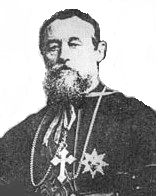
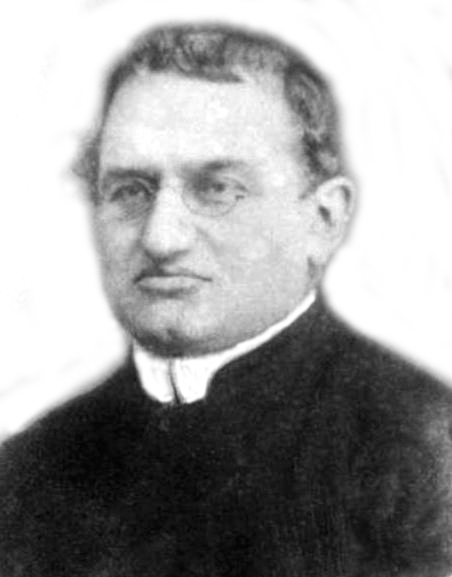
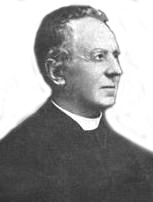


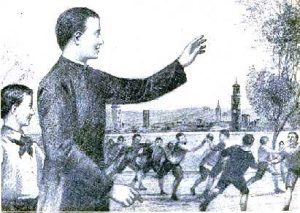
![Father John Baptist Tomasi [1866- †1954], 5th Superior General [1911-1922]](http://stigmatines.com/wp-content/uploads/2016/08/tomasigiovambattista-5b.bmp)
